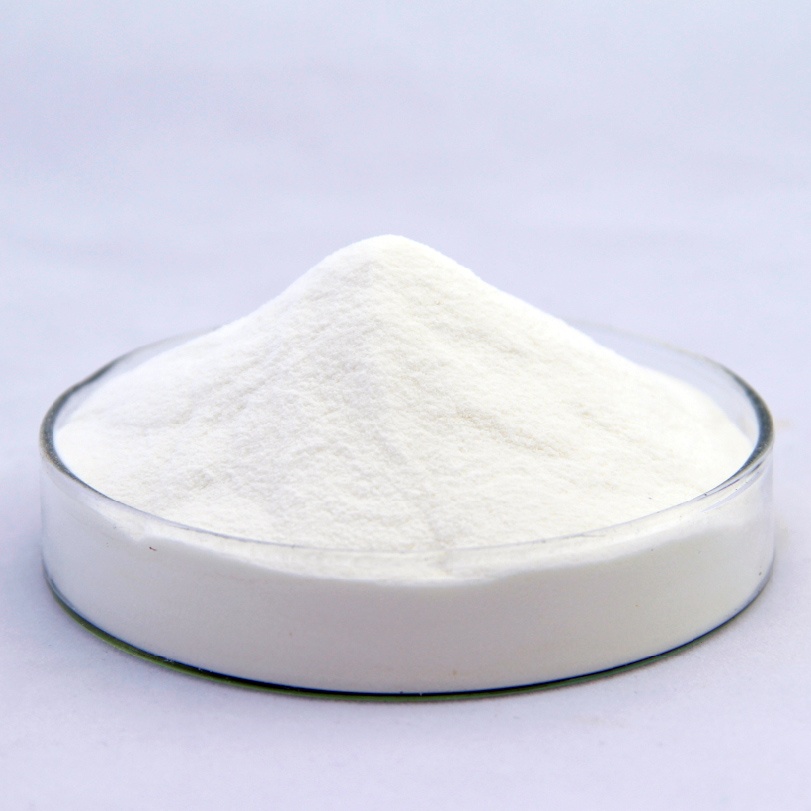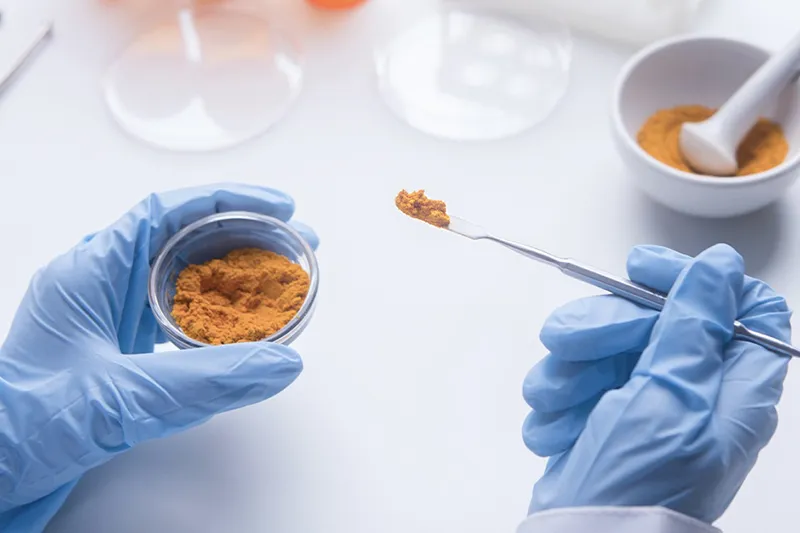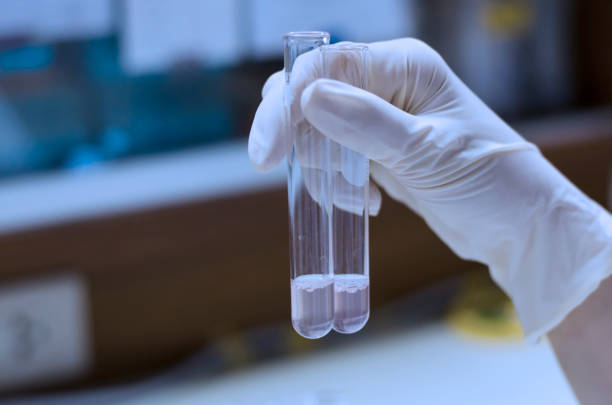
What is phenolphthalein?
Phenolphthalein is a small, white or slightly yellow crystalline powder. The chemical formula of phenolphthalein is C20H14O4, and the CAS is 77-09-8.
It is difficult to dissolve in water and easy to dissolve in alcohol, so phenolphthalein is usually prepared as an alcohol solution for use. Its characteristic is that it is colorless in acidic and neutral solutions, and purple-red in alkaline solutions. Often used as an acid-base indicator to test the acidity or alkalinity of a solution.
It was also used as a stimulant laxative in the past, but its use has been restricted due to its potential health risks and was listed as a carcinogen in 2017.
The Chemistry of Color Change
What Color is Phenolphthalein?
The first thing to understand is that phenolphthalein’s color isn’t fixed; it depends entirely on the acidity or alkalinity of the solution it’s in.
In acidic or neutral solutions (with a pH below 8.2), phenolphthalein remains colorless. This is a key point for industrial processes where you might be adding a base to an acidic solution.
As the solution becomes basic (with a pH between 8.2 and 10), it undergoes a dramatic transformation, turning a vibrant fuchsia or pink. This sudden shift is what makes it such a reliable indicator.
| pH Condition | Color | Molecular State |
| Acidic (pH < 8.3) | Colorless | Lactone Form |
| Basic (pH > 10.0) | Bright Pink/Fuchsia | Quinoid Form |
How Does Phenolphthalein Indicator Work?
1. Acidic or neutral environment (colorless)
In acidic or neutral solutions, phenolphthalein molecules maintain a closed lactone ring structure and have a short conjugated system, which can only absorb ultraviolet light, resulting in a colorless solution.
2. Alkaline environment (pink/purple red)
When the pH of the solution is greater than 8.2, the hydroxyl group (- OH) in the phenolphthalein molecule is deprotonated, generating an oxygen anion (- O ⁻). The oxygen anion attacks the carbonyl group (C=O) of the lactone ring, causing it to open and form an extended conjugated double bond system (quinone structure). The π electrons of conjugated double bonds can move freely, forming large π bonds that absorb green light (wavelength of about 550 nm) in visible light, with complementary colors of pink/purple red.
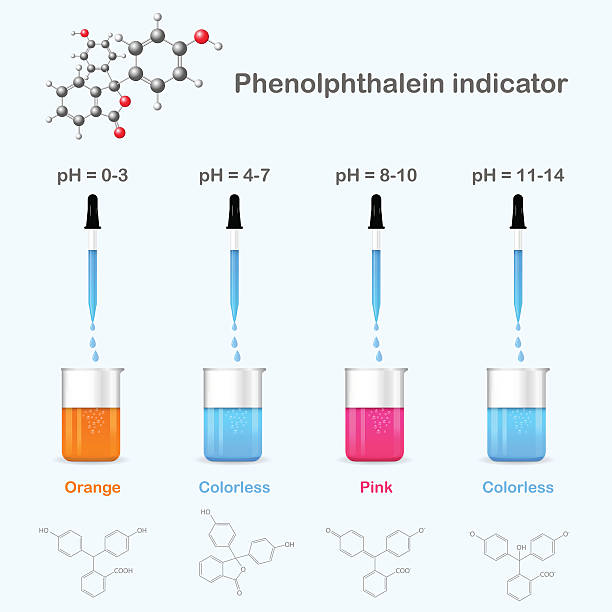
When pH>12, the hydroxyl group (- OH) in the open-loop structure is deprotonated again, generating a hydrogen peroxide negative ion structure. The conjugated system is disrupted, and the absorption spectrum shifts to shorter wavelengths (in the ultraviolet region), causing the solution to fade.
4. Strong acidic environment (orange)
In extremely strong acidic solutions (such as concentrated sulfuric acid), the molecular structure of phenolphthalein is oxidized or undergoes other reactions, producing colored substances (orange), but this color will fade due to hydrolysis after dilution.
So, what is phenolphthalein used for exactly?
Titration in Quality Control & Wastewater Treatment: This is its primary role as a phenolphthalein indicator. It provides a clear, unambiguous endpoint for acid-base titration experiments. Industries use it to precisely determine the concentration of acids in various samples, from monitoring alkalinity in wastewater to ensuring the correct chemical composition in manufacturing processes.
Concrete Carbonation Testing: In the construction and civil engineering industries, phenolphthalein is sprayed onto freshly exposed concrete. If the concrete is still alkaline (uncarbonated), it turns pink. If it remains colorless, it indicates carbonation has occurred, meaning the pH has dropped, which can signal a risk of corrosion for embedded steel reinforcements. This is a critical test for infrastructure health and safety.
Laboratory Reagent: Beyond titration, it remains a staple general-purpose pH indicator in thousands of labs worldwide for qualitative and semi-quantitative analysis.
Tip: While historically used in medicine, this application has been discontinued due to safety concerns. Modern industrial and laboratory use focuses solely on its external application as an indicator.
How to use phenolphthalein indicator
Proper handling and use of phenolphthalein can ensure accurate results and compliance with safety standards. Store phenolphthalein solution in a cool and dark environment to prevent degradation due to light and high temperature. Phenolphthalein indicator is usually prepared as a 0.1% ethanol or water solution, but the specific concentration may vary depending on application requirements.
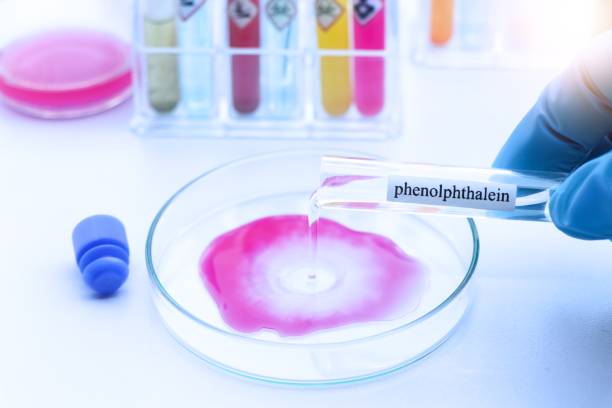
When titrating, only 2-3 drops of phenolphthalein indicator need to be added to avoid overindication, as overindication can mask subtle color changes and reduce endpoint accuracy. Be sure to use fresh indicator solutions, as outdated formulations may reduce sensitivity or cause abnormal color changes.
Safety precautions include wearing appropriate personal protective equipment, as phenolphthalein solutions typically contain alcohol. When handling large amounts of phenolphthalein, please ensure good ventilation and always follow the chemical handling procedures of your institution. Although phenolphthalein itself has relatively low toxicity, good laboratory hygiene habits should always be maintained.
Comparing Phenolphthalein to Other Indicators
Phenolphthalein offers several advantages over other common pH indicators. Unlike universal indicators that show multiple color changes across the pH scale, phenolphthalein provides a simple, binary response that eliminates interpretation errors. Its transition range (pH 8.2-10) makes it ideal for detecting strong acid-strong base endpoints, which are common in industrial applications.
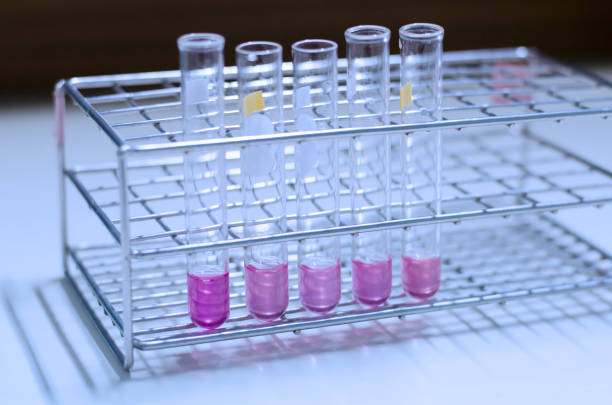
Compared to methyl orange or bromothymol blue, phenolphthalein offers superior endpoint sharpness in alkaline titrations. However, it’s not suitable for all applications—weak acid-weak base titrations may require different indicators with transition ranges better suited to those specific endpoints.
The cost-effectiveness of phenolphthalein makes it attractive for high-volume testing environments. Its stability and long shelf life when properly stored provide additional economic advantages over more sensitive indicators that require frequent replacement.
The Autech Industry Standard: Why Quality Matters
The accuracy of a test is only as good as the quality of the chemical used. Impurities, incorrect concentration, or poor solubility can lead to faint color changes, inaccurate endpoints, and costly errors in judgment.
At Autech Industry, we supply high-purity phenolphthalein in both solution and powder forms. Our products are formulated for clarity, reliability, and consistent performance, ensuring that your quality control checks and industrial processes are built on a foundation of certainty.
Conclusion
Phenolphthalein’s ability to change color is more than just a chemical quirk; it’s a reliable and indispensable tool that helps industries maintain quality, ensure safety, and optimize production. By understanding the simple molecular switch that makes it work, professionals can harness its power for precise analysis and control.


